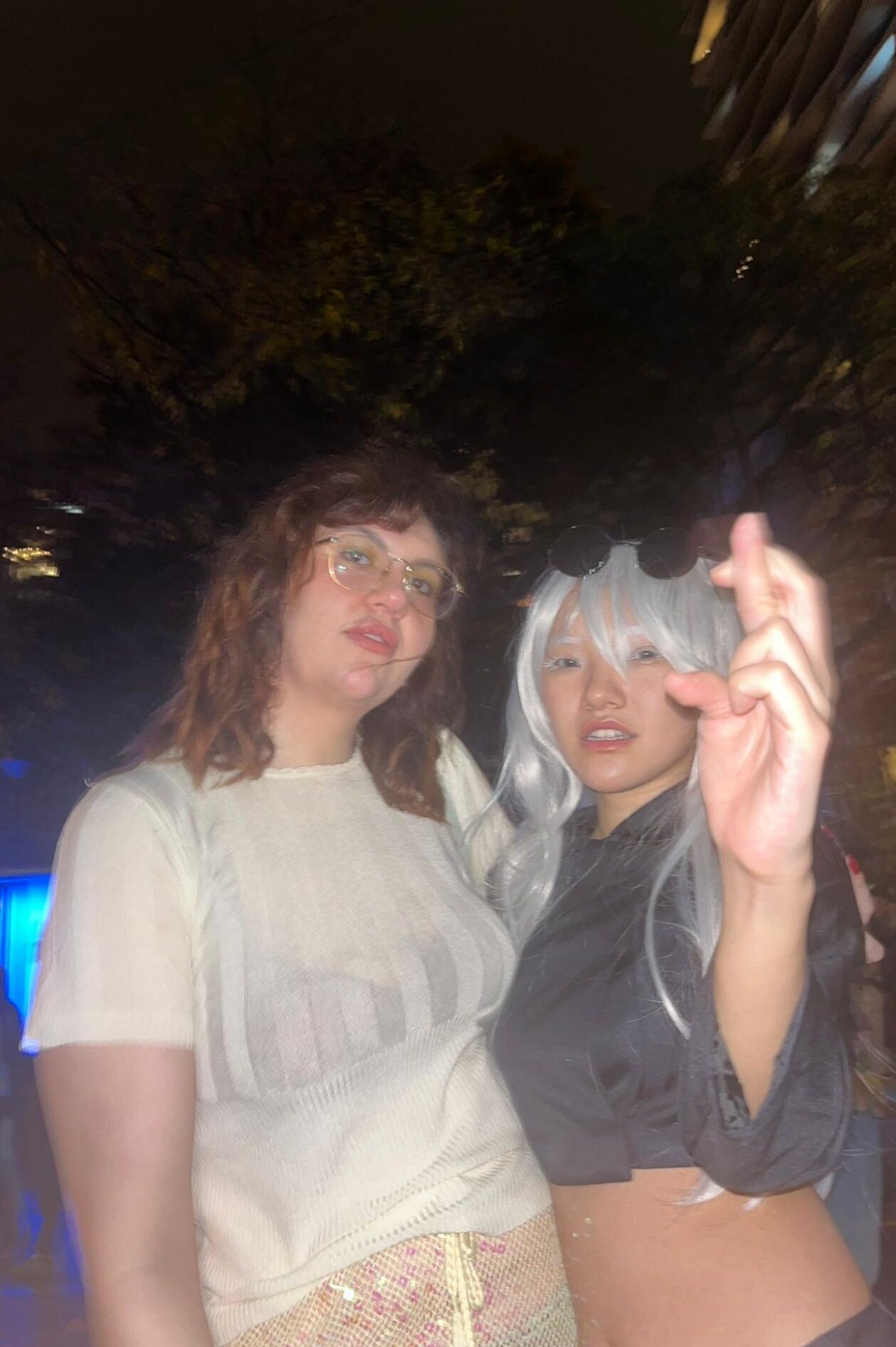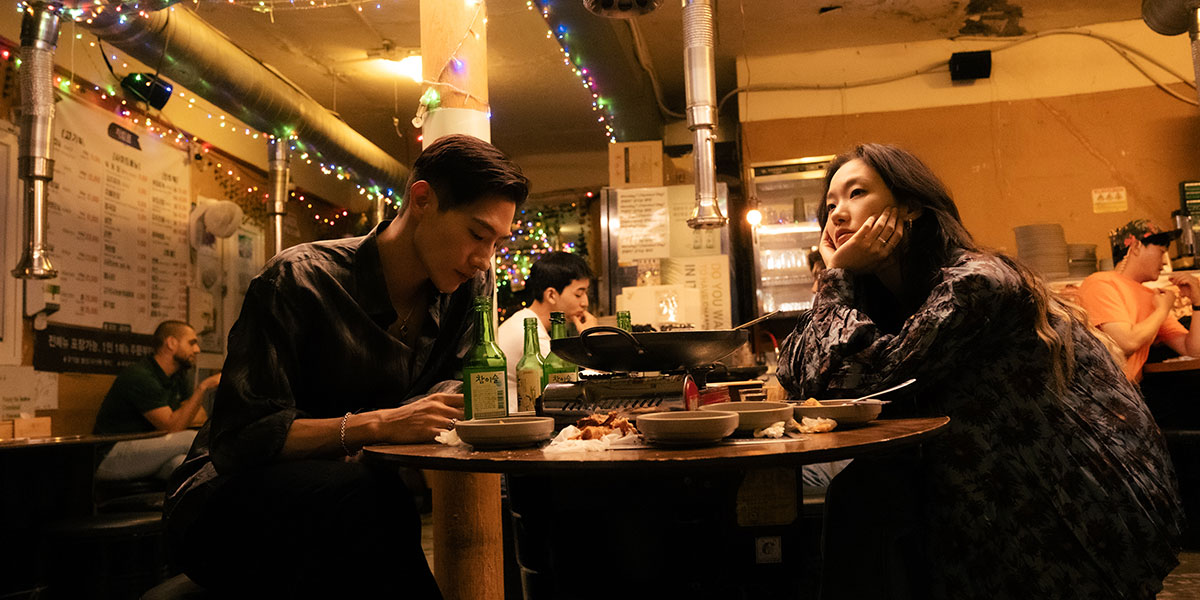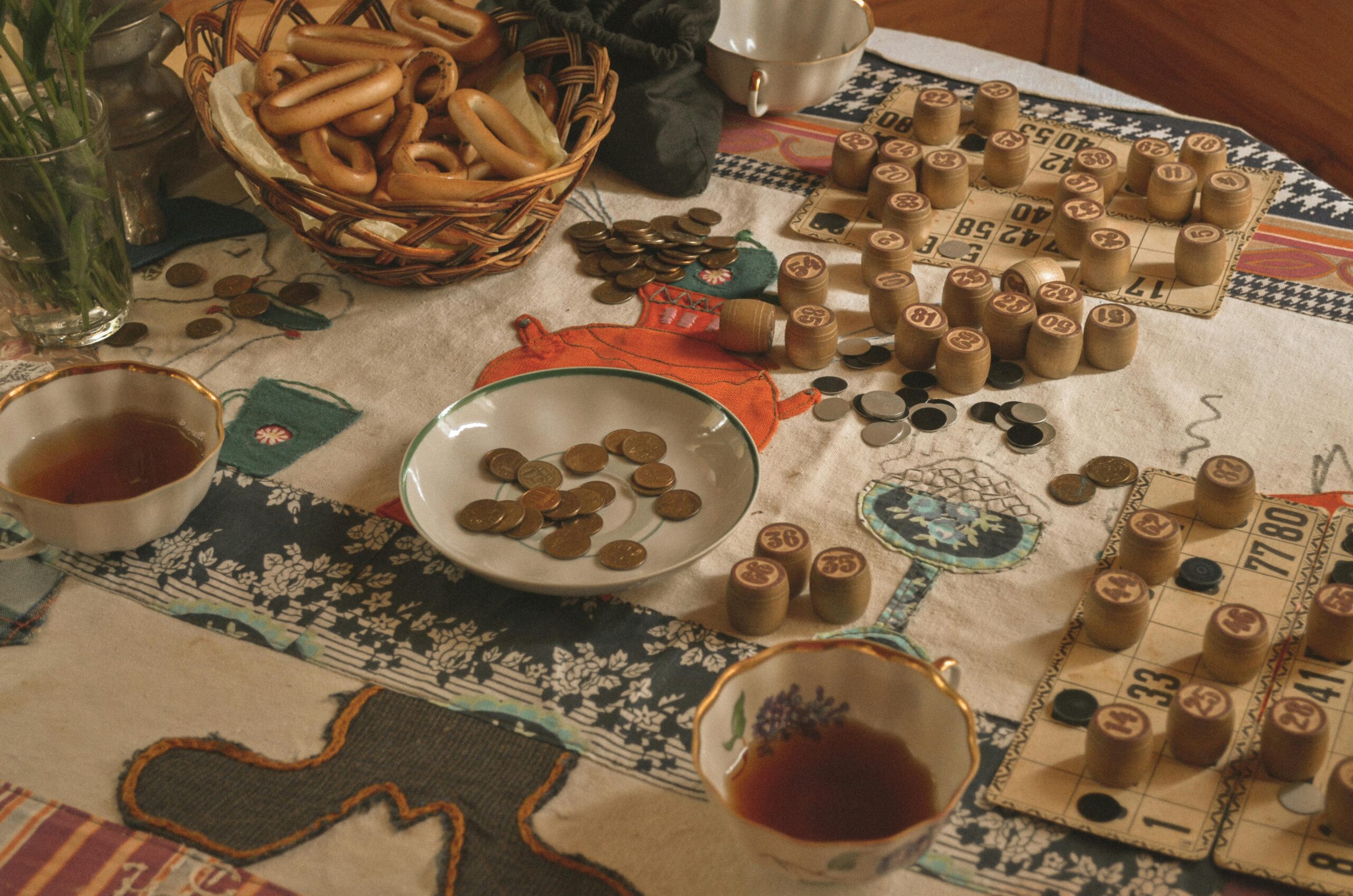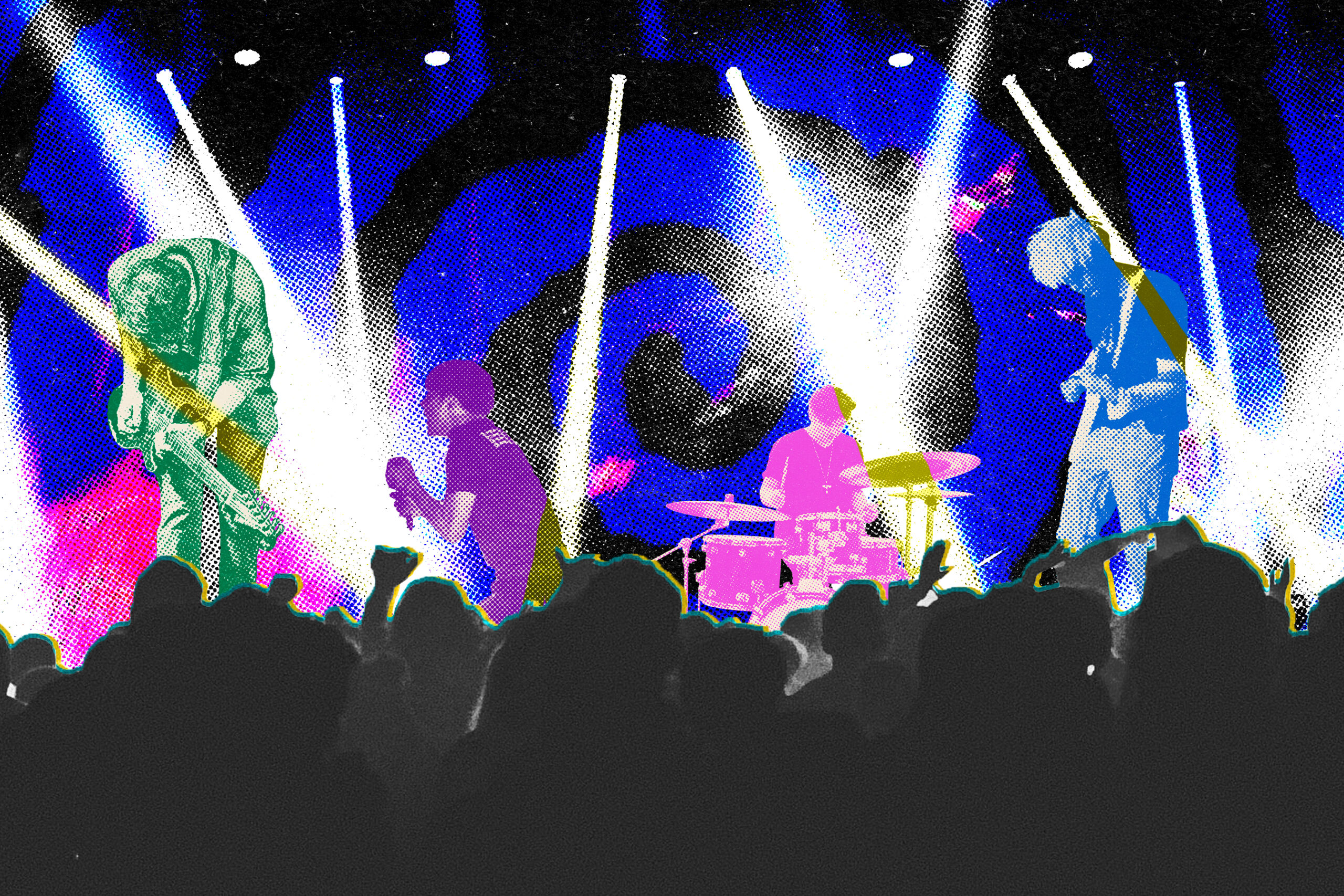By Mariah Siddiqui
Rupi Kaur is a #1 New York Times bestselling author and illustrator. The Indian-born Canadian poet released two poetry collections: Milk and Honey and The Sun and Her Flowers that caught the eyes and hearts of people on a worldwide scale.
Two illustrated bees can be seen on the dark cover of Milk and Honey. (CanCulture/Mariah Siddiqui)
Milk and Honey is raw and unforgettable. It was released in 2014 and jumpstarted Kaur’s career as people resonated with the poetry and prose she poured her heart into. The book is separated into four parts: the hurting, the loving, the breaking, and the healing.
‘The hurting’ deals with the themes of sexual assault and trauma. The pages hit you in a way you don’t expect because they are so real and authentic. There is no filter when it comes to this section and the experiences are uncensored and heartbreaking.
‘The loving’ explores the feeling of being so wrapped up in love and the happiness that comes with being with someone. It not only explores romantic love but the kind of love you feel from a maternal perspective. People can relate to love as it is something so commonly felt and experienced. However, with love also comes heartbreak which people can heavily relate to as well.
‘The breaking’ is all about that heartbreak. Breakups suck but most people have gone through one and know how hard it is to get over sometimes. This section pours that all onto the paper through the dark illustrations and truthful emotions within the poems.
‘The healing’ is warm and inviting. It talks about dealing with that trauma and heartbreak and finding yourself again through all of that. It is a reclamation of loving who you are and where you come from. Reading the words is almost therapeutic as you witness Kaur overcoming battles in an inspirational way.
The stark white cover can be seen with illustrations of sunflowers. (CanCulture/Mariah Siddiqui)
The Sun and Her Flowers is full of metaphors and powerful messages. The poetry book was released in 2017 and is set up in a similar way to her first collection. This book is separated into five parts: wilting, falling, rooting, rising, and blooming.
‘Wilting’ is all about pain and the subject of heartbreak is revisited once again.
‘Falling’ is about being at your lowest. It visits the subject of depression and loneliness in an intense way.
‘Rooting’ talks about searching for your identity and beginning to manifest the idea of who you are again into your own mind.
‘Rising’ is putting those thoughts of who you are into the real world as you make changes that encourage your personal growth.
‘Blooming’ is succeeding in doing so and looking back at everything you have gone through, knowing you are stronger because of it. This section discusses femininity and empowerment through having important discussions and putting those thoughts into action.
When comparing the two poetry collections, there are many patterns and similarities between them. The first book cover is dark black and the second opposes that with its stark white cover. They both are organized in sections and each book tackles sensitive issues in a way a lot of people haven’t seen before. Both discuss the way love feels and the pain of a heartbreak, but they both do it in a way that can be easily related to.
While Milk and Honey is straightforward with the process of growth, The Sun and Her Flowers embodies the process in a beautiful way. The life of a flower is used as a metaphor to explain the way humans feel. First, we wilt due to pain and trauma, then we fall before we begin to root. Then we begin to grow and find ourselves and we rise and bloom. The image of a flower is a known image of beauty and strength. The comparison was done effectively and draws a powerful parallel.
Many share the opinion that Kaur writes mainstream poetry that isn’t that special, but it takes immense strength to write these poems down and share them with others. When people share their truth, it is never guaranteed that every single person is going to get it and relate to it. There are no rules to expression through art. It takes courage to tackle such significant and broadly misrepresented issues in the bold ways Kaur has.
If you want to check out one of these books, I suggest you start with Milk and Honey first for an insight on how Kaur progressed as a poet. Personally, that one resonated with me on a deeper level and I felt connected to many of the pieces in it. I hope it does the same for you.







